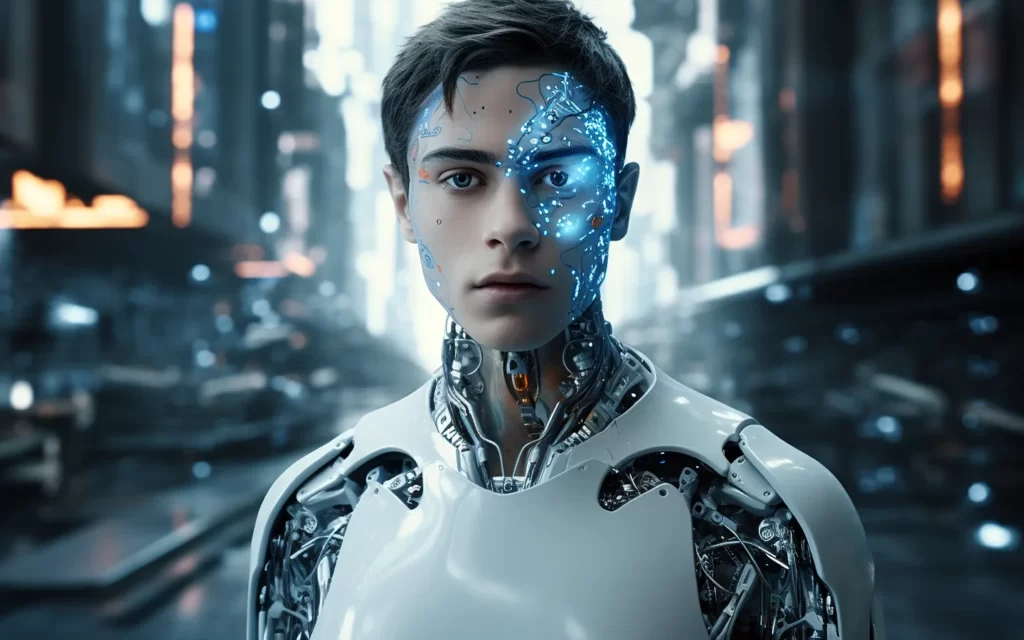
In the ever-evolving landscape of the internet, we’ve journeyed through the static pages of Web 1.0 and the interactive, social Web 2.0. But what lies ahead in the digital realm? Enter Web 3.0, a paradigm shift that promises to revolutionize the way we experience the internet. In this article, we will explore the concept of Web 3.0, its defining characteristics, and the potential it holds for the future.
Web 3.0, often referred to as the “Semantic Web,” represents the next phase in the evolution of the World Wide Web. Unlike its predecessors, it is not merely an iteration but a complete transformation of how information is organized, shared, and utilized on the internet.
At the core of Web 3.0 is the concept of the Semantic Web, which aims to make web content more understandable to machines. This entails tagging data with metadata, enabling machines to interpret and connect information in a meaningful way. In essence, it’s about creating a web where data can be comprehended and processed with human-like intelligence.
Web 3.0 leverages artificial intelligence (AI) to a remarkable extent. It involves systems that can reason, learn, and make decisions, making interactions with the web more personalized and intuitive. For instance, chatbots and virtual assistants are becoming integral parts of Web 3.0, offering users a seamless experience.
One of the primary goals of Web 3.0 is to enhance the user experience. It achieves this by providing highly relevant and personalized content. As you browse, the web learns your preferences and adapts accordingly, presenting you with information tailored to your interests.
Blockchain technology plays a pivotal role in Web 3.0 by introducing decentralization. This means that data and applications are distributed across a network of nodes, reducing the control of central authorities and enhancing security and transparency.
The Internet of Things is another crucial component of Web 3.0. It involves the interconnection of everyday objects to the internet, allowing them to collect and exchange data. This creates a seamless and interconnected digital ecosystem.
Web 3.0 has the potential to transform various industries. In healthcare, it can facilitate the sharing of patient records securely and efficiently. In finance, it can revolutionize the way we conduct transactions with cryptocurrencies and decentralized finance (DeFi).
With Web 3.0, information is no longer controlled by a few tech giants. Decentralization and blockchain technology empower individuals to have greater control over their data, making the web more democratic and inclusive.
Web 3.0 is not just a technological advancement; it’s a paradigm shift that has the potential to redefine the internet as we know it. As it continues to develop, we can expect a more intelligent, interconnected, and user-centric digital environment. The future of the web is evolving, and Web 3.0 is at its forefront, promising a more inclusive, secure, and personalized online experience.
P.O. Box 10 Westville, 3630
Far Away Place, Curry’s Post Road, Midlands, KZN 3295 (All super hero’s live in a FAR AWAY PLACE)
Call Our Office: +27 31 813 5255
Or mobile: +27 82 900 9442